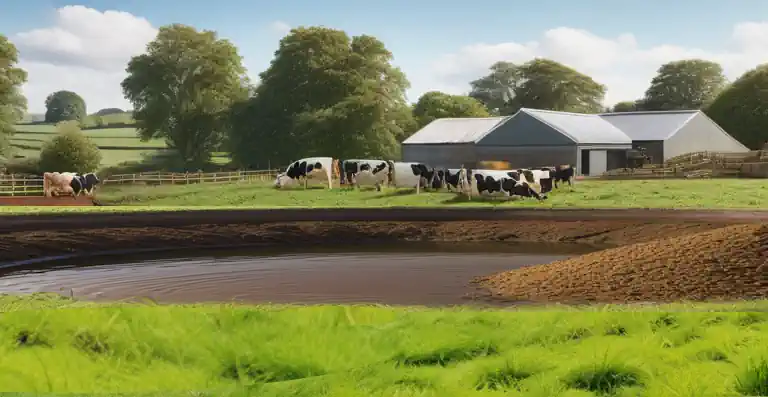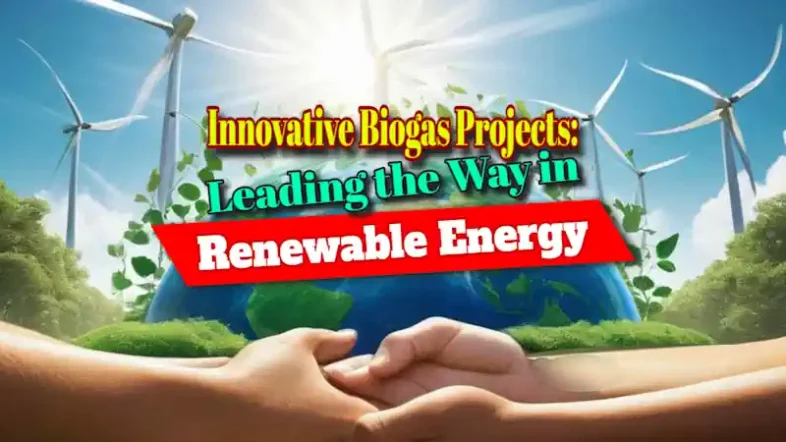Around 580 million terajoules of energy are consumed globally each year. That is 580 million trillion joules of energy. The energy is used to power industries, provide fuel for motor vehicles, produce electricity, and do all manner of work that drives the economy.
Energy has become an integral part of modern living. It is impossible to envision a world without electricity, natural gas, and other manner of energy.
So far, this is good – but read on because there is a blacker picture emerging that can be solved:

Issues Relating to Fossil Fuels
Fossil fuels have been used to produce energy since the 1800s, a technological advancement that ushered in the era of the Industrial Revolution. They remain the number one source of energy production today. An estimated 83% of the energy produced uses fossil fuels, consisting of coal, oil, and gas.
While fossil fuels have been the main source of energy for centuries, there are drawbacks to using them as well. Fossil fuels are a non-renewable resource. This means that there is a limited amount of fossil fuels available for us to use, and once all fossil fuel reserves are exhausted, we will have to search for alternatives to energy production.
Fossil fuels are formed through a process that takes millions of years whereby the remains of dead animals and plants are converted into hydrocarbons. We have fixed reserves of fossil fuels at our disposal, and these are quickly being depleted.
Another issue with using fossil fuels to generate energy is the production of harmful waste that pollutes the environment. Energy is generated by burning fossil fuels and this process produces harmful by-products, like nitrogen oxide, carbon dioxide, and carbon dioxide. These are toxins that harm the environment by adversely impacting the entire ecosystem.
Some fossil fuels cause more pollution than others. For example, burning coal produces much more harmful gases than burning natural gas. Still, pollution remains a major problem as extracting fossil fuels also involves the destruction of the natural ecosystem.
Searching for Alternatives
Several alternative energy sources are also available to combat issues related to fossil fuels. These include solar energy, hydro-energy, geothermal energy, and wind energy. Companies like ReCo Energy Solutions are at the forefront of developing new alternative sources of energy that are cleaner and sustainable. These alternatives rely on renewable natural resources and produce cleaner energy than fossil fuels.
Another popular alternative is biogas. Biogas uses organic matter processed to make fuel. Organic matter is usually organic waste, such as rotten fruits and vegetables and human and animal excrement.
It is estimated that total biogas revenues for 2024 will reach $48.9 billion. Furthermore, the market is expected to grow rapidly, achieving $60 billion in total revenues by 2029.

Biogas Generation and Benefits
Biogas is an environmentally friendly fuel made from organic materials. Organic matter naturally produces biogas as it decomposes and releases methane gases. Commercial biogas production involves anaerobic digestion, which involves breaking down organic material without oxygen.
Organic material and water are placed in an oxygen-deprived tank called a biogas digester, where the fermentation process begins. Once the gases are produced, they are stored in gas collector chambers. The gas can be used for energy generation, while the remaining slurry can be used as fertilizer for agriculture.
Using biogas as a possible fossil fuel alternative to generate energy is groundbreaking. Not only does it utilize a renewable resource, as organic waste is always being produced due to human activity, but it is also environmentally friendly.
Biogas is sustainable because it uses organic matter. Organic waste is the natural outcome of life on Earth. Even areas where human activity is limited or non-existent produce organic waste. Living things, plants, animals, and humans produce some organic waste. This makes biogas a renewable and sustainable source of energy.
In addition to this, the production of biogas and its conversion into energy does not produce many harmful side effects like poisonous chemicals or toxic gases. Instead, a by-product of biogas is fertilizer that can be used in agriculture. This means waste is minimized even more.
The most positive impact, however, is the reduction of waste. Organic waste that may have ended up in the landfill is used to make biogas. Landfills are the breeding grounds for all kinds of diseases and viruses. Removing and using some of the waste increases the capacity of landfills and reduces the risk of diseases being spread.

Innovative Projects in Biogas Generation
There are many different ways in which biogas can be generated. The process is similar in each case; however, various types of organic materials can be used to make biogas. Here are some innovative projects in the biogas sector:
Food Waste
Food waste, such as rotten fruits and vegetables and household food waste, is a viable source of biogas. Food waste can be collected and combined with water to create a sludge mixture. The sludge mixture can then be placed in biodigesters for anaerobic decomposition, which in turn produces methane and other gases.
Animal Manure
Cow, pig, and dung from many other animals are rich in methane. Animal waste from farms can be collected and turned into a slurry that can be used to produce biogas like food waste and other organic materials.
This positively impacts the environment, as untreated animal manure releases methane into the atmosphere, intensifying the Greenhouse Effect.
Sewage and Municipal Waste
Treated or untreated sewage and municipal waste are usually discarded in rivers or have to be processed. With biogas, this sewage can be turned into a fuel source. Municipal waste consists of sewage and food scrapes, and instead of local authorities spending money to dispose of it, it can be sold off to biogas production facilities.
Waste from the Agricultural Sector
In the agricultural sector, waste, like crop residues, is organic and can be used to make biogas. Stems, leaves, and branches of the crops, as well as animal waste from pastoral farming, are all by-products that otherwise go to waste. Fermentation can convert these waste products into biogas.
The Future is Green
Green energy is the future of the energy sector. We need to reduce our dependence on fossil fuels due to their non-renewable nature and destructive environmental effects. Biogas is a great option as it is a source of energy that depends upon a renewable resource that is readily available everywhere. Additionally, using organic matter to produce biofuel has a positive impact on the environment by reusing waste.
This aids in waste management as well as generating power. Biogas is now being used on many different scales, from large-scale manufacturing to small-scale ventures. Many farmers with small landholdings in India, for example, make their own biofuel to help power farm equipment.
Ventures into biogas are only expected to increase as it is a good source of energy generation in every aspect. it does not require a lot of capital, but most of all because it is safe for the environment.
Author Bio:
Mughees provides copywriting services and writes quality articles and blogs. He is experienced in writing on topics related to all domains with impactful knowledge and research to provide practical insights for his readers





